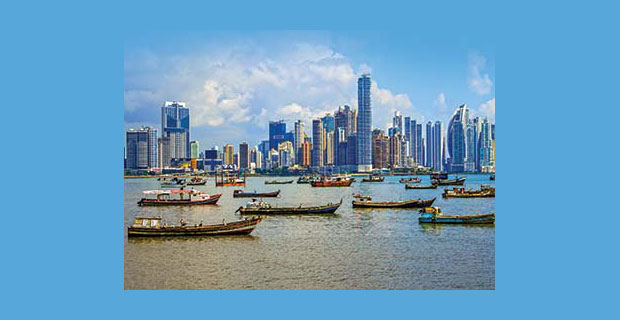Panama at Glance
Lying at the crossroads of the North and South American continents and the Atlantic and Pacific oceans, Panama has always being of immense historical strategic importance.
As a nature reservoir, the country has the largest rainforest in the Western Hemisphere outside the Amazon Basin and its jungle is home to an abundance of tropical plants, animals and birds - some of them to be found nowhere else in the world. The Isthmus of Panama is also home to UNESCO designated world heritage historical places and monuments.
Panama has made significant progress in reducing poverty in recent years. Between 2008 and 2014, a period including the global financial crisis, Panama managed to reduce poverty from 26.2 percent to 18.7 percent, and extreme poverty from 14.5 percent to 10.2 percent. This means that, of a population of about 3.9 million people, an additional 168,000 Panamanians overcame extreme poverty while close to 300,000 got out of poverty during that period.
At the beginning of the present century, Panama is well positioned to continue making progress towards the twin goals, ending extreme poverty and boosting shared prosperity, thanks to both growth prospects and the Government’s renewed attention to inclusion. To respond to these challenges, the country has prepared a Government Strategic Plan (PEG) for 2015-2019, with a focus on enhancing competitiveness and promoting social inclusion in the framework of a sustainable and inclusive development model, alongside the UN Development Goals 2030. Recently, Panama also signed the Paris Climate Agreement, an action consistent with its foreign policy agenda for sustainable growth and development.











Comments.